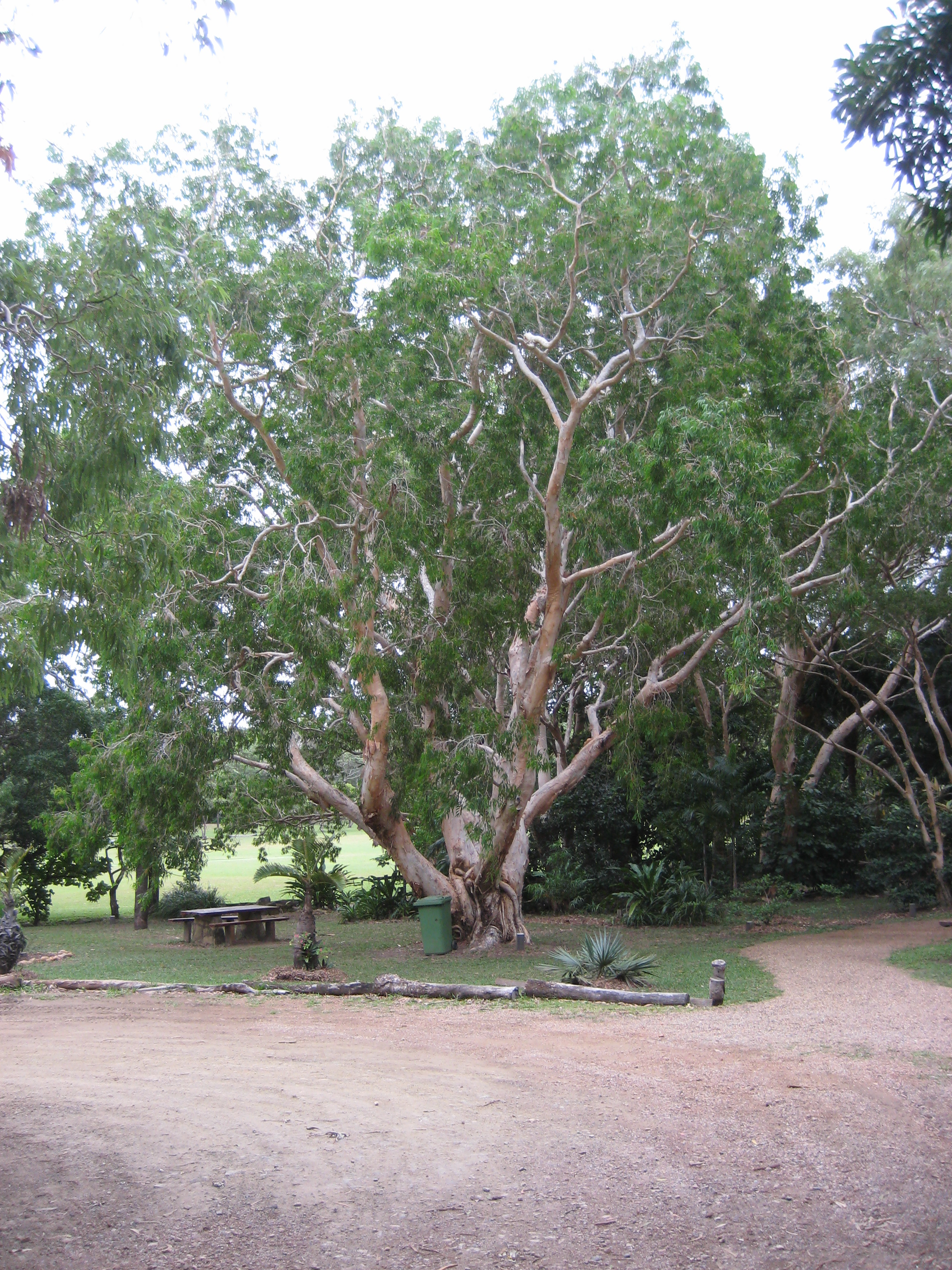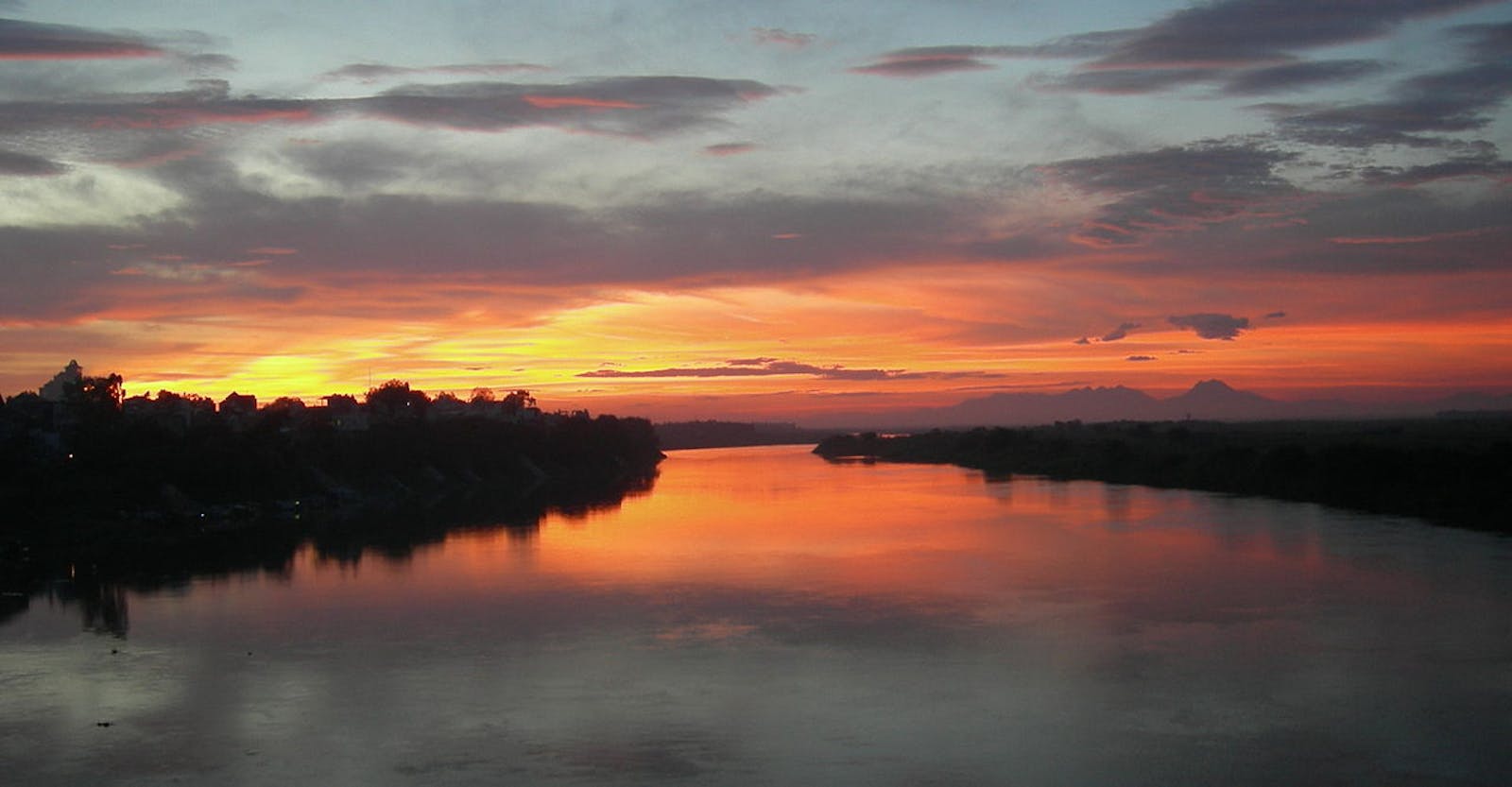Red River Freshwater Swamp Forests
The ecoregion’s land area is provided in units of 1,000 hectares. The conservation target is the Global Safety Net (GSN1) area for the given ecoregion. The protection level indicates the percentage of the GSN goal that is currently protected on a scale of 0-10. N/A means data is not available at this time.
Bioregion: Indochina Mixed Forests & Peatlands (IM12)
Realm: Indomalaya
Ecoregion Size (1000 ha):
1,078
Ecoregion ID:
266
Conservation Target:
2%
Protection Level:
6
States: Vietnam
This ecoregion is ecologically extinct. Representing the vast swathe of freshwater swamp forests in the lower reaches of the Red River, the highly productive ecosystems have been converted into rice paddies to feed a nation. Vietnam’s densely populated capital, Hanoi, sits in the middle of this ecoregion. Today, it is impossible to even ascertain the natural biodiversity that used to occur in this ecoregion.
This ecoregion comprises the freshwater swamp forests of the Red River valley in northern Vietnam, immediately inland from the mangroves, and upriver along the wide shallow lower reaches of this 1,149 km long river. The freshwater swamp forests grew on permanently or seasonally flooded mineral soils, and had extended up to 5 km on either side. The original vegetation may have been dominated by trees of Melaleuca, often known as ’paperbarks’ because of the thin paper-like layers of bark.

The flagship species of the Red River Freshwater Swamp Forests ecoregion is the melaleuca tree. Image credit: Creative Commons
The freshwater swamps had supported a diverse fauna of freshwater fish, amphibians, reptiles, birds, mammals, and various invertebrates. But most of these species have been extirpated due to habitat loss. Even the commonly commensal species of birds, mammals, and reptiles have been hunted out for consumption.
The recommended priority conservation interventions for this ecoregion are to: 1) protect whatever small patches of natural habitats remain; 2) reforest and restore any degraded habitat wherever possible; and 3) prohibit and prevent hunting.
Citations
1. Wikramanayake, E, E. Dinerstein, et al. 2002. Terrestrial Ecoregions of the Indo-Pacific: A Conservation Assessment. Island Press.
2. Critical Ecosystems Partnership Fund. 2012. Ecosystem Profile. Indo-Burma Biodiversity Hotspot. 2011 Update. https://www.cepf.net/Documents/final.indoburma_indochina.ep.pdf Accessed Dec 2017.
3. Greater Mekong Subregion Atlas of the Environment. 2nd ed. Asian Development Bank. 2012. https://www.adb.org/sites/default/files/publication/30074/gms-atlas-environment-2nd-edition.pdf. Accessed Dec 2017.



